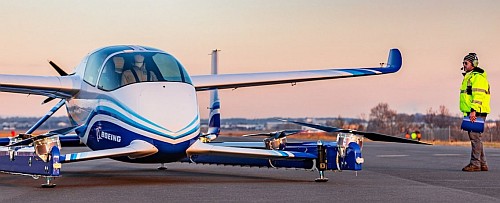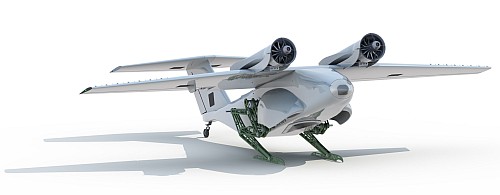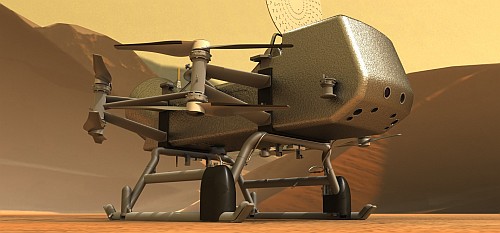Podcast: Play in new window | Download (Duration: 30:17 — 20.9MB)
Flights at another major airport were halted due to drone reports, but some experts question the accuracy of the reports. Also, Boeing and Airbus advance their urban air mobility projects, multispectral camera-equipped drones and crop health, a drone that launches and lands like a bird, Facebook and it’s drone project, U-Space for harmonized UTM, and a bladeless drone.
UAV News
Newark Airport Traffic Is Briefly Halted After Drone Is Spotted
Newark drones: Flights suspended at major US travel hub after multiple sightings of unmanned aircraft
Did a pair of drones interfere with flights at Newark Airport, or was it something else?
Flights at Newark Liberty International Airport were suspended for a time due to drone activity in the area. One pilot told air traffic controllers that a drone passed within 30 feet of his plane. Were the sightings really drones? Some experts are dubious.
DJI Urges Caution In Evaluating Reports Of Drone Incidents
DJI says they are “monitoring recent reports of drones flying in close proximity to various airports, and has offered assistance to investigators and airports where these sightings have occurred. To date, none of these reports have been confirmed, and there is no proof that any of these alleged incidents occurred. Despite the lack of evidence, new sightings have been reported at more airports, raising the prospect that new reports are being spurred by publicity from past incidents.”
UAV-based Remote Sensing Can Help Avocado Growers by Detecting Asymptomatic Pathogen
University of Florida scientists published research that says multispectral cameras can detect laurel wilt on avocado trees. An otherwise “time-consuming, labor-intensive and costly” traditional process could be replaced with an unmanned aerial vehicle.
Delivery Drones Use Bird-Inspired Legs to Jump Into the Air
Passerine Aircraft Corporation has a fixed-wing drone that can take off (and land) using a pair of legs. It’s VTOL without the rotors. The drone also utilizes a “blown wing’ to generate more lift than would otherwise be the case.
Videos: Sparrow Jumper — March 2018 Showcase and Early onboard flight footage from the Sparrow test flights.
Facebook hasn’t given up on the idea of building an internet drone
According to the German publication, NetzPolitik in Facebook and Airbus hold secretive drone tests in the Australian bush, Facebook is proceeding with a drone program in conjunction with Airbus. NetzPolitik published a document [PDF] they say supports the claim. The document is dated March 14, 2018, and was obtained from the Australian Civil Aviation Safety Authority (CASA) under the Australian Freedom of Information Act.
Concept of Operations for safe European drone traffic: registration for workshop now open
CORUS (Concept of Operations European UTM Systems) has a concept for a European system for drone management called U-Space. Aviation stakeholders are being brought together to develop a concept of operations for U-Space in a workshop 2-5 April 2019 in Italy. Click for more information.
Boeing Autonomous Passenger Air Vehicle Completes First Flight
The first flight of the Boeing NeXT passenger air vehicle (PAV) prototype has taken place. Boeing subsidiary Aurora Flight Sciences designed and developed the electric vertical takeoff and landing (

Besides the PAV, the Boeing NeXt portfolio includes an unmanned fully electric cargo air vehicle (CAV) designed to transport up to 500 pounds (226.80 kilograms) and other urban, regional and global mobility platforms.
Airbus’s Flying Taxi Is Poised for Takeoff Within Weeks
The prototype flying taxi is called CityAirbus. The four-seat model for urban environments is undergoing tests at the Airbus helicopter plant in Germany. Initial flights are planned to be unmanned, with an entry into service for the autonomous vehicle planned as early as 2023.


